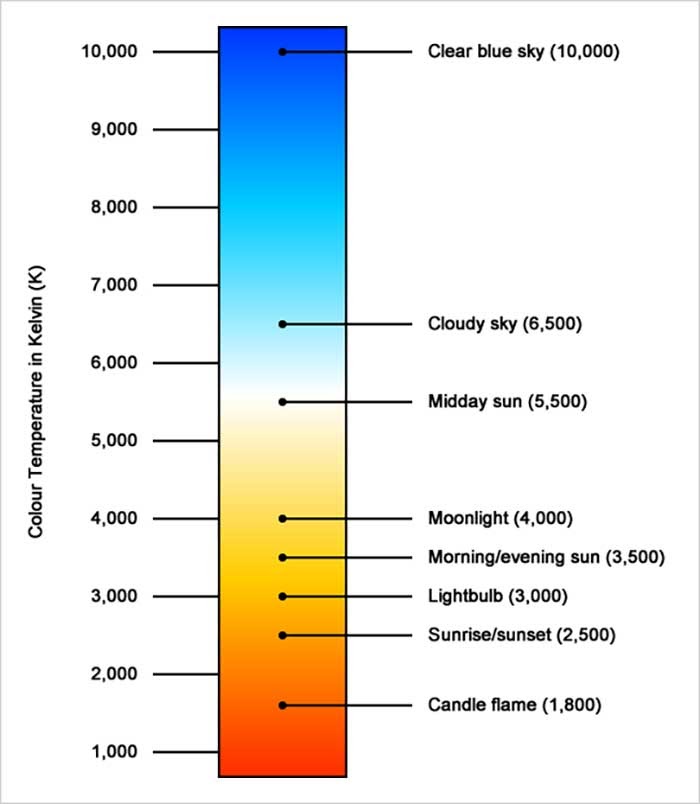
A home’s lighting system can make a big difference in its overall design, ambiance, and feel.
For example, the right color temperature and brightness for the lighting in your home can accent architectural details as well as impact your mood and wellbeing.
Smart lighting, empowered by ever-evolving LED light technology, can have a positive effect on our lives. And one such benefit is a new approach to lighting design that’s known as “Human-Centric” Lighting (HCL).
Put simply, Human-Centric Lighting gives people a deeper connection with the outdoors by simulating daylight and dusk inside our homes.
Lighting that brings the outdoors inside
Human-centric lighting is designed to enhance the human experience, and specifically to satisfy our desire for natural sunlight.
This type of advanced lighting solution is designed to simulate the shifting color spectrum and intensity of light throughout the day. Simulated natural light that blends seamlessly with daylight allows you to start the day with bright, energizing light, and end it with the same warm evening glow you’d experience when the sun sets outside.
HCL plays a key role in biophilic design – which is a design process that uses technologies to promote close connections between a person and the outdoors, even from within the home.
In the past, the biophilic approach focused on adding natural elements to a space (i.e. wood, stone, greenery, etc.) and on colors, textures, and patterns from nature.
However, in today’s homes, using a human centric lighting approach, it is possible to ensure that a space is flooded with natural light no matter how close it is to a window.
This is achieved through the use of indoor light fixtures that simulate the daily progression of sunlight, further blurring the lines between indoors and outside to give indoor occupants a sense of connection to nature.
HCL through LED lighting solutions
It is possible to simulate sunlight with dynamic color spectrums by using “tunable light”.
There are many colors in visible light, which span across the “rainbow” of colors and include white light, which is a combination of various color wavelengths. Most LEDs or fluorescent lights can produce only a single color temperature, leaving homeowners limited to only one color – and even incandescents, which tend to warm as they dim, are not tunable.
Dynamic spectrum lighting, now offered by many LED lighting companies, allows light to be tuned across the visible spectrum of colors and enables the creation of a wide range of whites, pastels, and saturated colors from a single source of light.
Human Centric Lighting – The Next Gen of Smart LED Lighting
Researchers have shown that natural light can affect our sense of well-being, and that a well-designed lighting layout can change our perceptions of the space we’re in.
Using both natural light and customized lighting scenes, it’s possible to design a space to either mimic shifting sunlight throughout the day or add white light in the morning, before the sun comes up, to help you energize and kick-start your day.
Once you’ve enjoyed the benefits of dynamic lighting you’ll no doubt find it difficult to return to static lighting.
Tunable light benefits artwork as well. A slight, nearly imperceptible change in the lighting’s color spectrum can make a piece look more dramatic, bringing attention to certain colors within the artwork and evoking a completely different emotional response.
Want to Have Human-Centric Lighting in Your Home?
Here’s what you’ll need:
- ⬥ Lighting sources that can be adjusted. Tuneable lighting fixtures include recessed ceiling fixtures, tuneable lamps (light bulbs), and tunable strips (also called “tape lights”).
- ⬥ Lighting fixtures that can be programmed to change their color temperature and intensity level.
Tunable lighting sources can be divided into two broad categories.
1. “Tuneable white” is one category.
“White” light has a wide range of color temperatures.
For example, “daylight” or “cool white” lamps look good and are appropriate for illuminating an interior space in the middle of the day, especially at the office.
During the evening, however, they appear harsh and almost blue-white. A warm white lamp looks great in the evening, especially at sunset and after, though it is almost yellow-white during the day, especially near a window.
2. A fixture that can change into millions of shades of color
Besides the ability to create lighting in your home that is human centric (HCL), fixtures with this capability also provide the option for fun and dramatic lighting arrangements.
For example, do you want the entire room to be red, green, orange, blue, or some combination thereof for a party? With infinite color lighting fixtures, you can create the look you want – no problem!
Experts believe that the demand for human-centric lighting will continue to rise as homeowners become more aware of the options available for a more holistic, nature-inspired lifestyle within their homes.
Additionally, we could see a continued trend towards personalization – with the capability to adjust lighting to extend daylight indoors as the seasons change, create custom scenes tailored to specific homeowner activities and moods, or otherwise customize the system based on homeowner preferences.
As more people become aware of this kind of lighting option a subsequent increase in demand may be seen for lighting solutions that can be personalized for time of day, activity or mood.
So much so, that one day, quality light that can be personalized will be the only option for any space.
Pendant Lighting: Is This the Look Your Home Needs?

